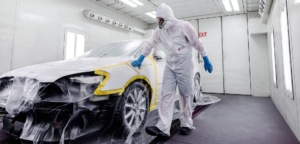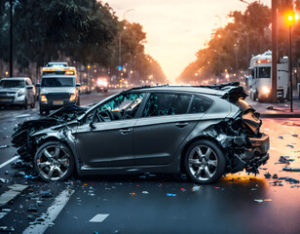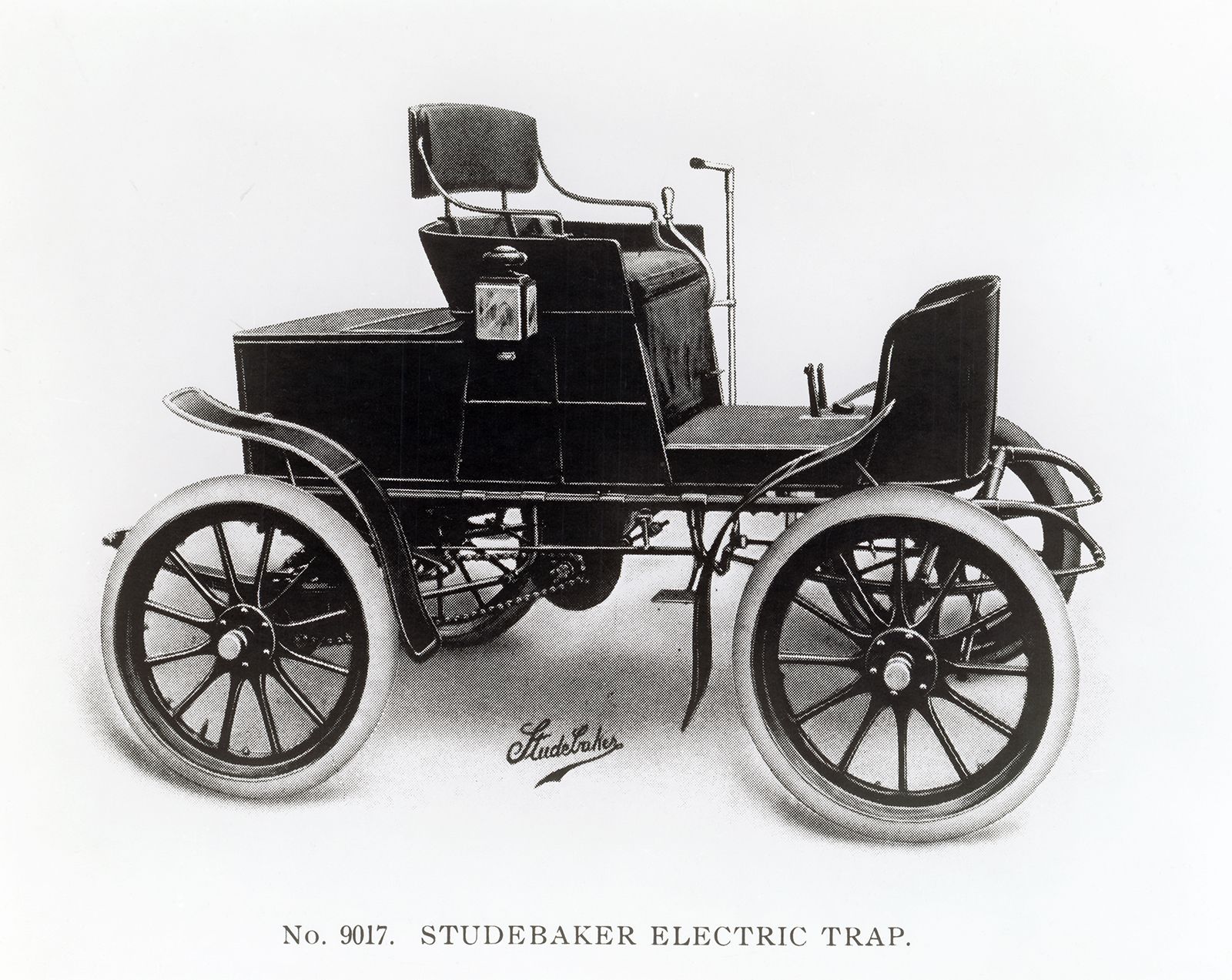There are a few things that give a vehicle a sleek, modern look quite like a fresh coat of auto body paint. But this job requires specialized tools and a certain level of expertise to do well.
Auto body paints contain caustic, flammable, and carcinogenic chemicals that release harmful fumes. These include solvents, isocyanates, chromates, and epoxy resins. Click https://www.perthdetailer.com.au/ to learn more.

When choosing a new paint color for your car, you have many options. Whether you’re just doing touch-ups or a complete refinish, it is important to choose the right paint. A good quality automotive paint should last years and resist rusting and corrosion. Look for a shop that specializes in auto body paint to ensure you are getting the best work possible.
There are various paints on the market, from economy to premium. The more expensive paints are usually based on high-solids, multi-stage urethane formulations. These paints provide durability and longevity, as well as a wide selection of colors and finishes.
To begin, you must select the type of basecoat that works best for your project. Basecoats come in solid, metallic, and pearlescent varieties. Solid colors are the most popular and offer a sleek and classic appearance. Metallic basecoats contain tiny metal flakes that create a shimmering effect. These are often used on specialty cars and sports vehicles. Pearlescent basecoats are rare and add a lustrous, reflective finish to the vehicle’s body.
Once you have selected your base coat, you can start setting your top coats. Again, there are many choices, from acrylic lacquer to urethane. Acrylic lacquer provides a glossy showroom finish and is often chosen for vintage luxury cars. However, it can be sensitive to UV light and may fade quickly. Urethane is a good all-around option, as it is durable, easy to apply, and offers excellent chipping resistance.
In addition to deciding what type of paint you want, you must also choose the type of primer that is best for your application. Epoxy primers are ideal for refinishing and repainting old or damaged paint, as they offer good adhesion to metal, body filler, and bare surfaces. Moisture cure urethane primers are also very popular, as they combine paint adhesion with rust protection in one product.
When shopping for paint, be sure to choose a color that matches the original factory color of your vehicle. This will help to prevent any future issues with fading and clarity. Look for a “color code” on the driver’s side door jamb, or contact us to order a factory-matched color.
Painting a vehicle is a time-consuming and labor-intensive process. The quality of the end product is dependent to a large degree on the amount of prep work done. If not done properly, you can have defects and a poor finish. This is why many people are afraid to attempt a DIY paint job, but with the right tools and knowledge, you can save money and knock a few hundred dollars off your next body shop bill.
Begin by washing the car with soap and water to clean the surface and remove dirt, grease, oils, and other contaminants. After the washing, wipe down the surface with a cleaning solvent like mineral spirits, acetone, or lacquer thinner. This will also help to remove any remaining residue on the surface and prepare it for priming. After sanding, the surface must be cleaned again using a cleaner like Eastwood’s PRE Paint Prep or other car prep products. This will remove dust, dirt, and oil on the sanded surface. After the surface is clean, it must be wiped down again and allowed to dry.
A primer is then applied, which will help to seal the surface and allow the topcoat of automotive paint to bond more permanently with the metal. The primer can be either solvent-borne or water-based, making water-based paints increasingly popular today. Once the primer has been applied and dried, the clear coat protects the body from abrasion and UV light.
Once the clear coat has been applied and dried, the vehicle is buffed to smooth out the finish of the vehicle. The resulting finish is beautiful and durable.
It’s important to remember that working with chemicals and airborne particles can harm your health, so it’s best to do this work in a well-ventilated area. Likewise, it’s a good idea to mask off areas that will not be painted with painter’s tape to avoid overspray. Lastly, it’s always important to choose high-quality automotive paint. Selecting the best paint is essential to your outcome, so research before buying anything.
A good auto body paint job is more than just applying a coat of paint. It’s about blending it into the surrounding areas, making sure it looks clean, and creating an overall smooth appearance. Therefore, a great technician is also skilled in matching the paint color and making adjustments throughout the spraying process to get an even finish.
The first step of the spraying process is to apply primer. This layer helps ensure that the base and clear coats bond/stick to the car’s surface. It also helps to hide any imperfections on the bare metal. With a primer layer, the auto paint will consistently stick to the vehicle’s body and will likely flake or chip.
After the primer has dried, it’s time for the main body coat. The technician will mix the color based on a vehicle manufacturer’s formula. This is important because the same shade of a specific color can vary from batch to batch. To get an exact match, the technician will test the paint on a piece of paper or cardboard then place it against the original body panel. If the new color looks similar, it’s a good match.
Before applying the final gloss coat, it’s important to minimize dry overspray around the edges of the panels. This can cause streaks or splotches in the paint, and it’s especially critical with clear coats or colors that won’t be cleared. The best way to avoid this is to apply the last coat as quickly and lightly as possible while maintaining a consistent, even pressure.
It’s also important to wear proper personal protective equipment (PPE) when working with automotive paint. This includes a full-body suit with a hood, safety glasses, and nitrile gloves. This will help protect the technician from any harmful chemicals in the paint or solvents released during the spraying process. It’s also a good idea to read the product’s material safety data sheet before using it, which will provide insight into any harmful toxins that might be released during application. This information can be found online and is easily searchable.
While cars may seem to be made of strong metals welded together, they have many layers of coatings that help protect them from the elements. The auto paint that covers the finished car, for instance, slows down the breakdown of metals by protecting them from water and heat. While there have been many advances in automotive manufacturing, finishing a vehicle is still highly technical.
The first step in the painting process is to apply a primer, which helps the next coats stick and bond well. With this, it’s possible to get a consistent finish. After the primer is applied, the basecoat and clear coat are sprayed on and then cured in an oven to speed up the drying process.
There are two main types of paints used for auto body work: solvent-based and waterborne. Solvent-based paints are the traditional type of paint that has been used for many years and include lacquer, urethane, and enamel. However, they contain many volatile organic compounds, which have raised health and environmental concerns. Waterborne paints, on the other hand, are based on water and typically only have 10% of the solvent found in traditional paints.
After the base coat and clear coat have been applied, the surface is sanded again to ensure it’s smooth and ready for the final product. This is also when the bodywork on the vehicle is inspected, and any parts that need repair are taken care of.
Depending on the paint used, a topcoat can be added further to protect the vehicle from scratches and other damage. While this isn’t necessary for a DIYer, it can be important for professional body shops trying to keep their customers happy.
Auto paint contains harmful chemicals called volatile organic compounds (VOCs), released into the air as vapors whenever the can is opened, or the spray gun is used. The chemicals can irritate the nose, eyes, and throat and cause headaches and fatigue in those frequently exposed to them. This is why professional body shops use special ventilation systems and masks to protect themselves when working on vehicles. DIYers should only paint in a well-ventilated area, such as an open garage.

